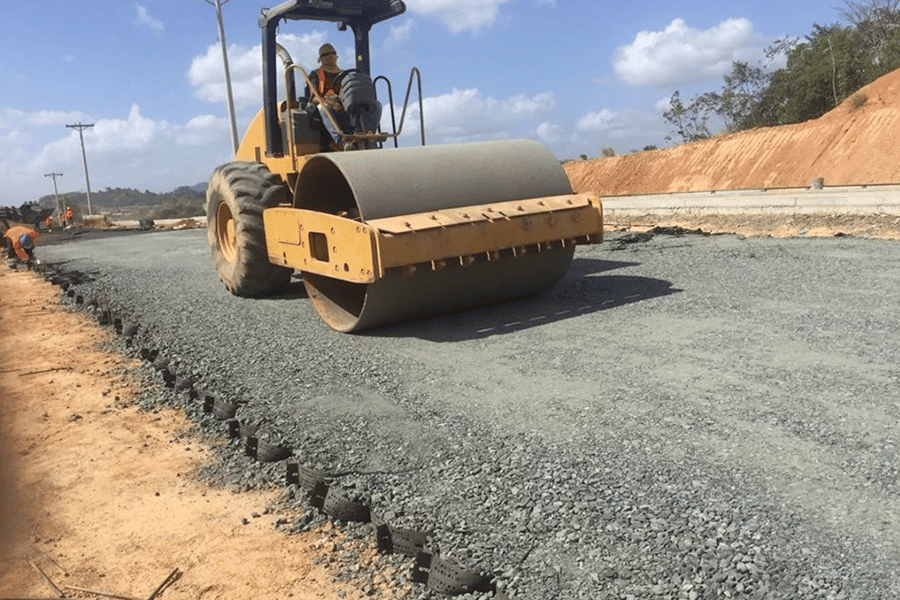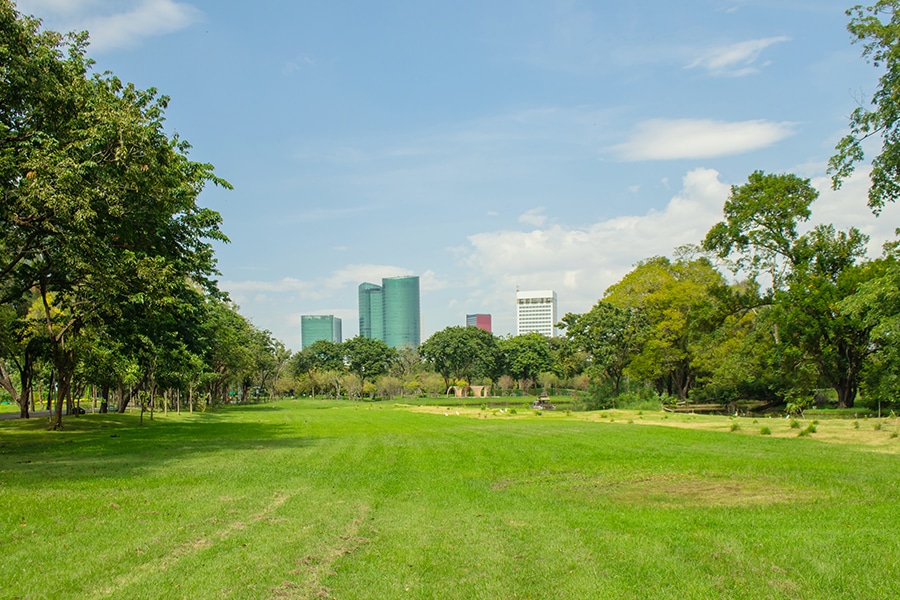As urban heat islands grow in popularity on the news, the need for green solutions will also increase. Local and federal governments will call on contractors and engineers to implement change in their cities and states.
However, you won’t be ready to tackle urban heat island causes if you don’t know how to engineer them into your design plans and design a green island project.
You and your company’s reputations are at stake with a corporate responsibility to construct eco-friendly projects. Atlanta, Chicago, and other cities are already seeing soaring temperatures.
These result in heat-related illnesses and deaths that engineers could have stopped during construction. In the end, the media will have to blame someone.
When cities turn to you for their municipal project, they’ll turn you away if you can’t adapt to their needs. We have some tips about how to reduce urban heat island effect so your engineering firm or construction company doesn’t fall behind.
You can stand out above other potential bidders with a green solution nobody else has.
What are heat islands?
The Environmental Protection Agency (EPA) describes heat islands as urbanization that replaces wildlife and plants with buildings and roadways. It’s a sign of progress in the modern age that we should be proud of. But it has also been detrimental to public health, energy consumption, and climate change.
When asphalt and other dark-colored materials absorb heat in concentrated areas, they create higher temperature environments. These urban heat island effects typically take place in cities you’re familiar with like Washington DC.
Heat-related illnesses and deaths are a common occurrence that leads people to crank up their air conditioners. While energy costs skyrocket, cities dump excess fossil fuels and greenhouse gases into the atmosphere.
Air pollution and surface temperatures continue to rise in urban areas, adding to our carbon footprint.
Stopping Urban Heat Islands
Thankfully, you can prevent heat islands without much hassle, increasing project dates, or driving up costs. Heat island reduction can be accomplished with different building materials and project proposals.
They will redefine your personal and corporate image as an innovative company that solves pressing air quality and climate problems with engineering.
1). Green Roofs
There is a major market for green roofs in cities with urban heat island concentrations. Each skyscraper and large building is a potential lead to transform their heat-absorbing peak into a vegetative surface.
Simply plant grass, flowers, and other greenery to cool the surrounding environment. Green roofs are also a fantastic storm management tool that stop nitrogen from getting into sewers. Plants can capture excess moisture rather than stormwater systems.

2). White-Colored Roofs
Instead of using dark-colored building materials like asphalt, why not try white-colored concrete? Or you could spray paint everything with weather-resistant white paint that reduces heat waves.
It’s already been proven that white-colored roofs absorb less heat and reflect up to 50% more light, lowering city-wide temperatures. You can do this on a municipal scale similar to NYC CoolRoofs and send crews out to paint commercial building roofs.

3). Geocell Foundations
Geocell foundation grids are high-density polyethylene panels that support roadways, parking lots, and more. They give the option of using a material that’s as strong as concrete without the darker color. Plus, it carries natural perforation and drainage that saves you time and money from installing a drainage system.
One way to utilize geocell and reduce heat islands is to build vegetative parking lots. The honeycomb structure locks the ground, preventing the topsoil and grasses from eroding away. And it creates a sturdy parking lot that doesn’t create a massive heat magnet.

4). Plant Trees
More city vegetation reduces heat island effects by absorbing heat and releasing moisture into the air. This undoes the negative work that thermal masses like skyscrapers produce. They store tons of heat during the day and slowly release it overnight.
Tax credits may be available for planting trees throughout cities in the United States and across the world. These efforts grow as more and more people are affected by heat islands, so be on the lookout for these opportunities. Or you can approach previous city leaders and clients with the proposal to stay ahead of the curve.

5). Create Shade Spots
Finally, you can stop heat-absorbing surfaces from harming the public by building shade spot projects. It’s a unique way to fight urban heat islands and countries outside the United States are already doing a great job at this.
The city of Darwain in Australia, for example, installed a giant vegetive canopy in addition to other heat mitigation effects. They saw growing heat island concerns and took action by hiring engineers and contractors to make their city greener.

Stay Ahead on Heat Island Projects
With the urban heat island epidemic, it’s crucial to know how to fight them without driving up project costs and meeting deadlines on time. Air conditioning usage is only increasing and it’s unlikely that the public will migrate toward rural areas any time soon.
If you are wondering how to reduce urban heat island effect, geocells are an excellent option that replaces traditional gravel, concrete, and asphalt. They allow for vegetative foundations and work for various applications.
Our team can tell you more about BaseCore geocell and PaveCore and how engineers and contractors across the world are using it for large-scale roadways, highways, and parking lots.
Give us a call at (888).511.1553 and our engineering support team would be glad to answer your questions.
